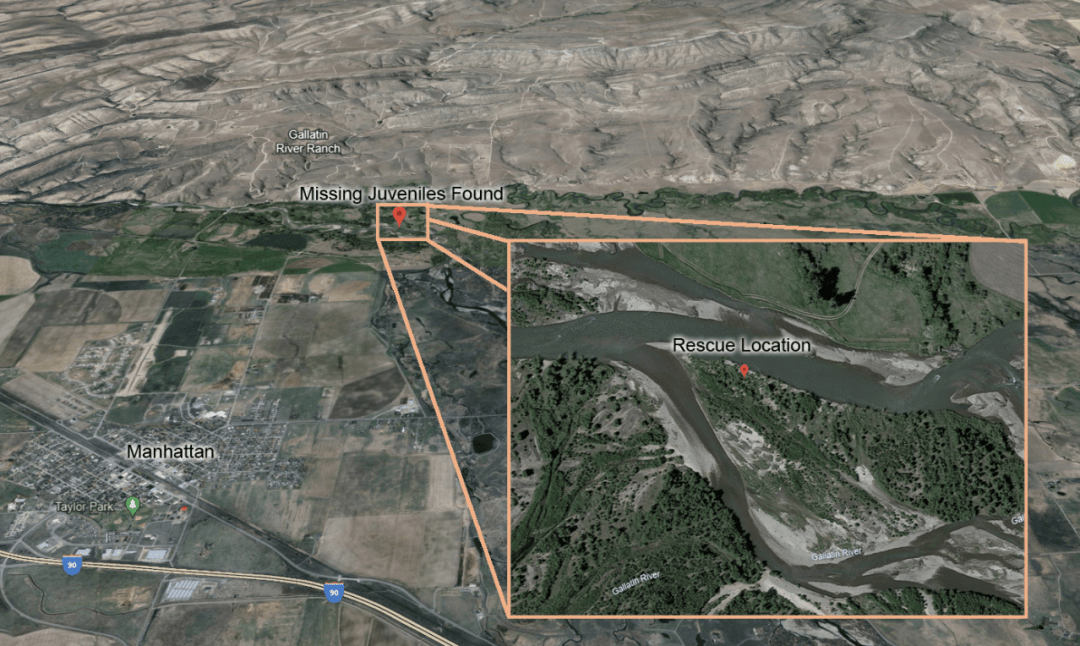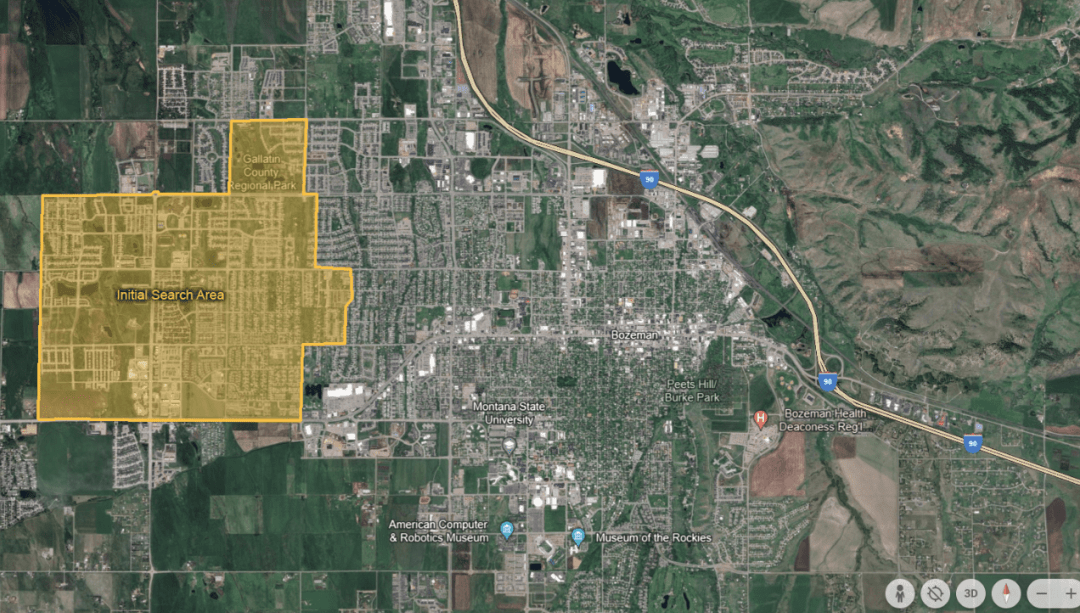Montana State to offer free program in Spanish about higher education opportunities
BOZEMAN —Montana State University is offering a free, five-session program in Spanish this spring to provide the Latino community of the Gallatin Valley with information and the opportunity to obtain a certificate in topics related to higher education.
The program, called La Academia Familia Latina, is offered by MSU’s Latino Pathways Initiative for Higher Education. The program aims to pave the way for bright academic futures for Latino parents and their children, according to Rebecca Turk, director of MSU’s Center for Bilingual and Multicultural Education and co-principal investigator of the Latino Pathways Initiative for Higher Education.
La Academia Familia Latina will include information about the American academic system; career opportunities; how to apply to college, certificate programs and more; how to talk about future educational opportunities with children; financial planning; and ways to connect with other members of the community.
Sessions will be held from 6:30 to 8:30 p.m. on Thursday evenings from April 18 to May 16 on the MSU and Gallatin College MSU campuses in Bozeman. People who would like to attend should register in advance at montana.qualtrics.com/jfe/form/SV_00u2DoEXfHrQSiO.
The Latino Pathways Initiative for Higher Education, or LPI, is a grant-funded program led by Bridget Kevane, professor in the Department of Modern Languages and Literatures; Turk; and Isabela Romero Navarro, a graduate student in MSU’s Department of Counseling.
LPI works to build pathways for English Language Learner Latino students in the Gallatin Valley, as well as their families and their teachers, to improve educational outcomes. The LPI works to meet these outcomes through research and service for K-12 English Language Learner students, professional development for teachers and familial support for education.
The initiative’s research focuses on the field of second language acquisition; child mental health through sense of belonging; and English language learner pedagogy. Findings from the initiative’s most recent studies are expected to be published in the fall.
One goal of the Latino Pathways Initiative is to empower Latino families in Gallatin County in their pursuit of better educational opportunities, Kevane said, adding that the goal aligns with MSU’s vision of “transforming lives and communities in the people’s interest.”
One way LPI works to empower families is by offering Noche Hispana en Familia – or Latino Family Nights – in partnership with Belgrade Public Schools. At Noche Hispana en Familia, district stakeholders have an opportunity to meet with families, communicate important announcements and answer questions, with all communication in Spanish.
“Making communication and information accessible has been impactful for Spanish-only speaking families in their efforts to plan for familial education,” Turk said.
Another goal includes supporting teachers regarding policy and teaching for making learning accessible to non- or limited-English speaking students. The LPI has conducted more than 10 professional development sessions for educators in Gallatin County and across the state, Romero Navarro said.
Finally, the initiative’s La Academia Familia Latina parent certificate program aims to provide educational literacy and information about post-secondary educational opportunities to assist Latino parents and their children with educational planning. La Academia Familia Latina is funded by MSU’s Outreach and Engagement Council and is a partnership with Gallatin College MSU and the nonprofit organization Bienvenidos.
Kevane noted that there is a growing Latino population in Gallatin County and across the state. According to the Pew Hispanic Research Center, the Latino population in Montana has grown by 50% since 2010, and the 2020 Census for Gallatin County shows that the Latino population has nearly doubled since 2010. Today there are close to 46,000 Latinos in Montana, and Latinos make up 4.6% of Gallatin County, which has an overall population of 126,409.
The Latino Pathways Initiative for Higher Education is part of MSU’s Center for Bilingual and Multicultural Education, which focuses on research, teaching and community impact through bilingual and multicultural education highlighting the broad range of linguistic educational needs in Montana. The Latino Pathways Initiative was funded by a Humanities, Arts and Social Sciences Grant awarded jointly to the Department of Education and the Department of Modern Languages and Literatures by the MSU Office of Research Development. More information is available at https://ou.montana.edu/cbme/.

 Assistant professor Anna Schweiger recently received NASA funding to refine and evaluate the models used for tracking biodiversity on a global scale. MSU photo by Colter Peterson.
Assistant professor Anna Schweiger recently received NASA funding to refine and evaluate the models used for tracking biodiversity on a global scale. MSU photo by Colter Peterson.


News Comments
This is so typical of a sign in, which we should not have to do to check if we or some one in our party got a permit. I have been working or "creating an account" for 30 minutes and just get the same ...
Smith River permit drawing results available
Sunday, Mar. 10, 2024
I have struggled with this podcast and my own participation therein, the event itself obviously traumatic, but beyond that my inability to reach anyone and convey anything resembling truth. The person ...
Billings, MT Case Becomes True Crime Podcast | 'An Absurd Result'
Marktokarski
Saturday, Jan. 20, 2024
Why not leave those cheerful, colorful garlands up longer? What’s the rush?
Main Street Closed Jan 2
Saturday, Dec. 30, 2023
You do not have the authority to determine what may or may not be sensitive lands! This is an example of extreme overreach on your part.
City of Bozeman, Gallatin County Adopt Sensitive Lands Protection Plan
Friday, Dec. 22, 2023